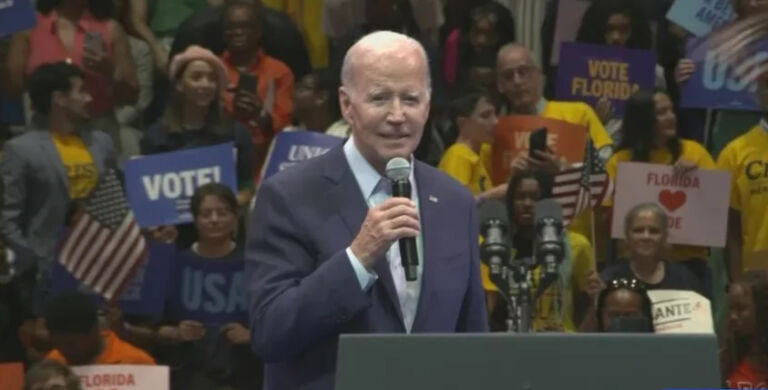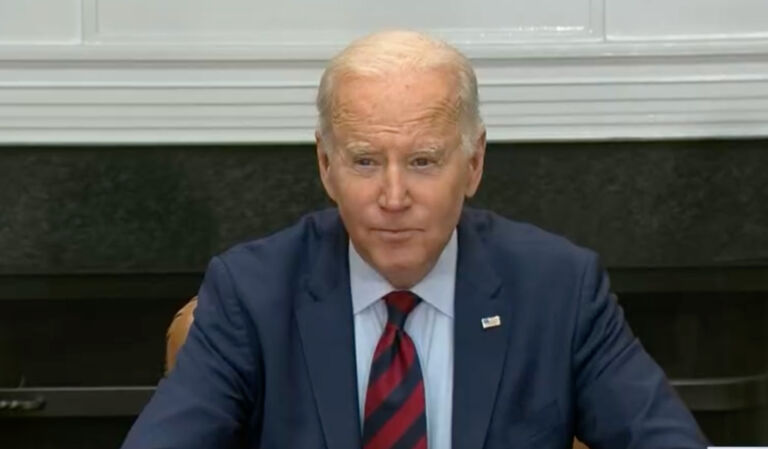Editors at National Review Online urge policymakers to take a tougher stand against inflation.
If there is one thing that Americans understand about inflation, it is that a dollar today is worth less than it was, an unpleasant reality of which they are constantly being reminded as the country approaches the second anniversary of what we were quickly assured was a transitory surge in prices.
Most Americans, we suspect, also understand that compounding adds to the force with which inflation corrodes the value of the dollar over time. The period between 2010 and 2020 was one of low inflation. Even so, after adjusting for changes in the CPI, the purchasing power of a dollar had shrunk by just under 15 percent over the period. As of now, the dollar’s purchasing power has shrunk by a total of 27 percent since 2010. Applying those numbers to $100 invested in 2010 (and, for simplicity’s sake, ignoring receipt of interest, dividends, or the like), the investment would have had to have been worth nearly $137 today just to keep pace with prices. But any investors who invested $100 in 2010 and sold that investment today at, say, $125, would be taxed on the nominal gain of $25, even though in real terms they had suffered a loss of $12. A tax on illusory capital gains would, in effect, have been transformed into an all too real inflation tax.
Even when investors succeed in outperforming the CPI, some of the gain they make on selling their investment will, absent enough deflation over the relevant period, be nominal, meaning that part of the tax they will be paying on that gain is still an inflation tax. That inflation is, more often than not, the product of policy decisions made in Washington only adds insult to injury.


